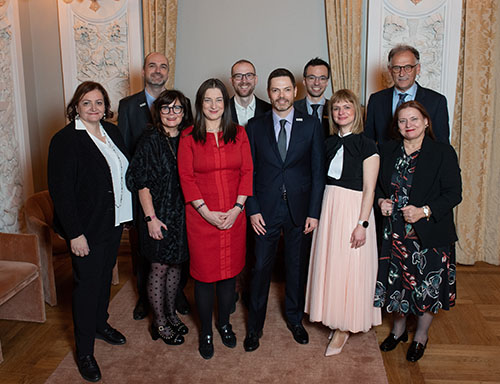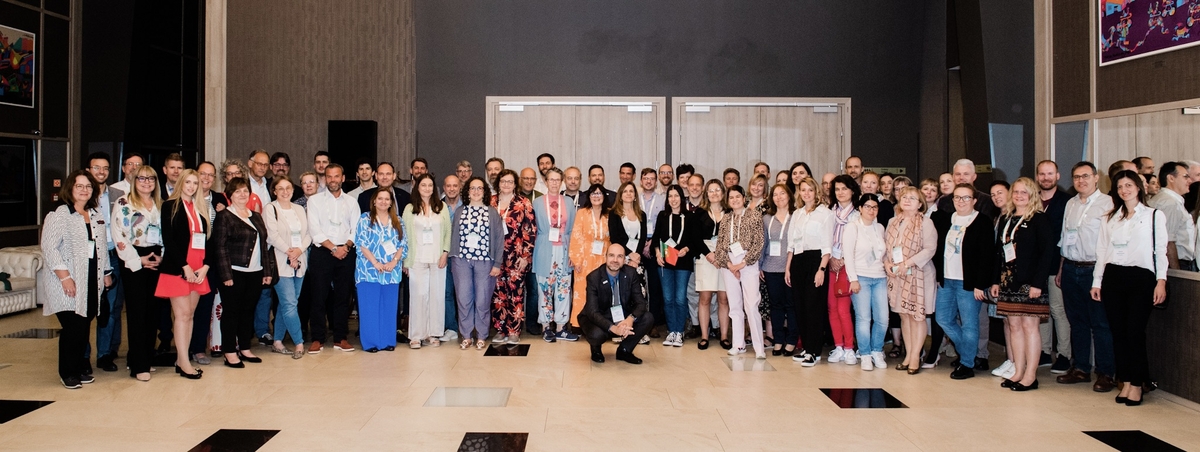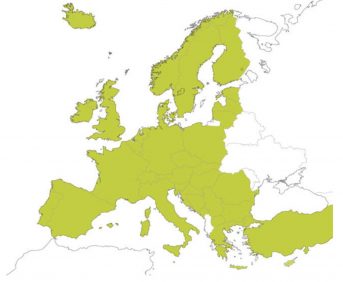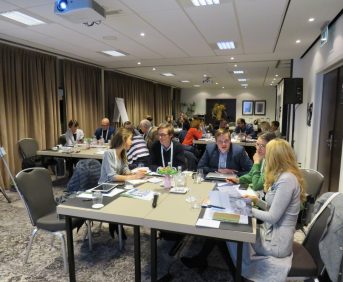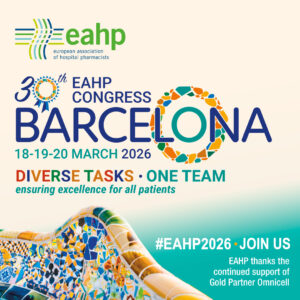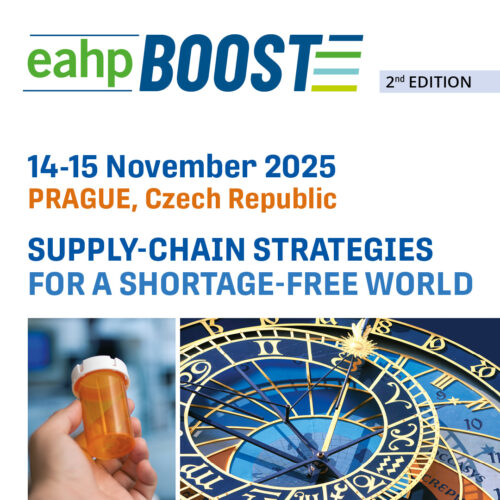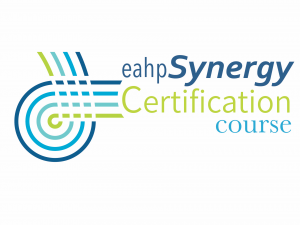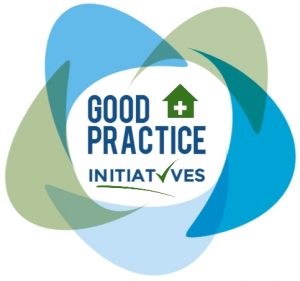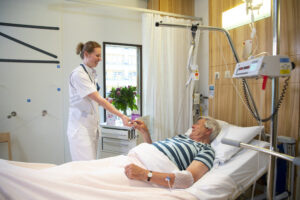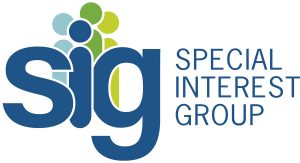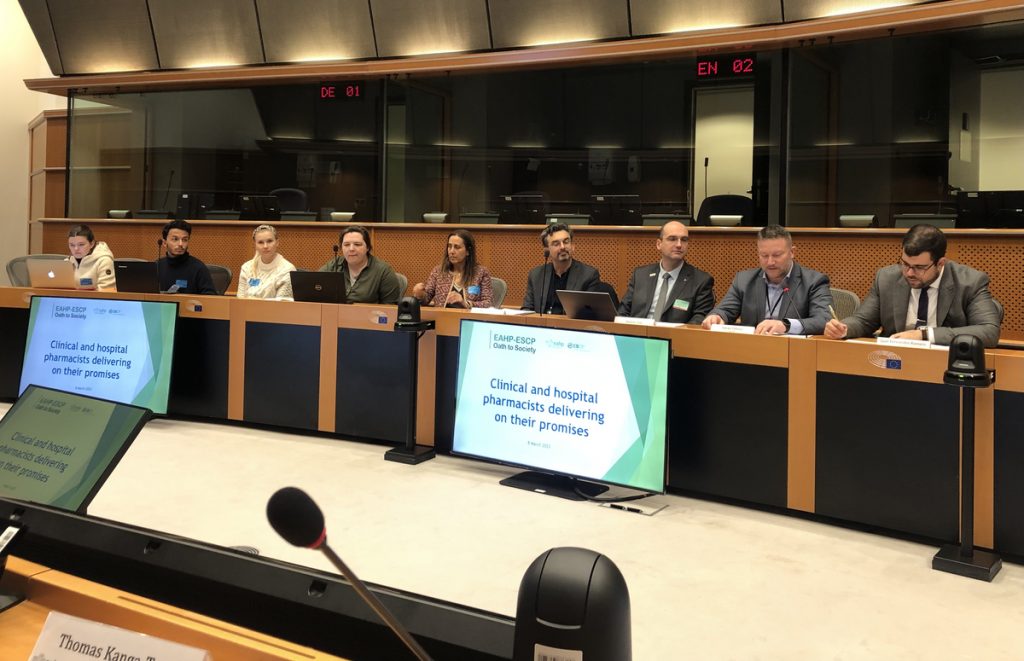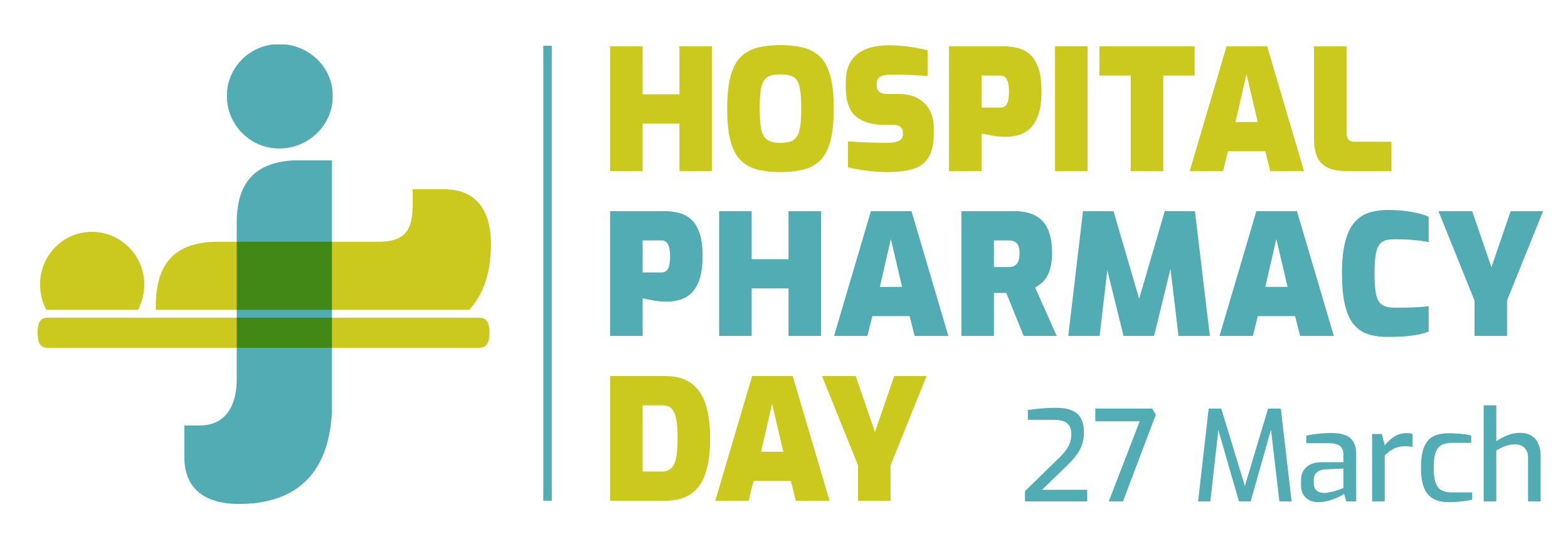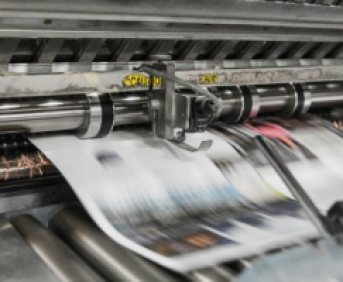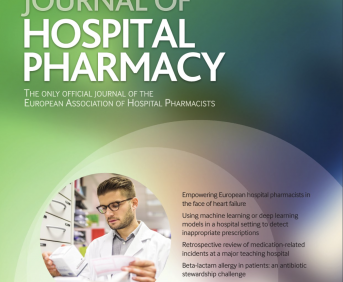ANALYTICAL CONTROL OF INJECTABLE PREPARATIONS: TAKE THE TIME TO ANALYZE YOUR ACTIVITY
Pdf

European Statement
Production and Compounding
Author(s)
Guillaume BOUGUEON1,2 ; Mélissa WANG1 ; Jean-Marc Bernadou1, Maîté Sangnier 1, Aude BERRONEAU1
1 Pharmaceutical Technology Department, Bordeaux University Hospital, Avenue de Magellan, 33604 Pessac, France
2 ARNA Laboratoire ChemBioPharm U1212 INSERM – UMR 5320 CNRS, Université de Bordeaux, France
Why was it done?
We work within a university hospital, in an injectable drug production unit. We produce around 55,000 preparations a year, and ten years ago decided to implement analytical control (identification and dosing) (i.e. HPLC then followed by UV-Raman spectrophotometry (QCRX®)) as a post-process control method. To date, around one hundred assays are carried out daily (representing 50% of preparations produced), and some thirty different active substances are analyzed.
For the past 4 years, a monthly meeting has been devoted to monitoring the compliance of analytical assays for our preparations.
What was done?
We felt it was essential to take a step back from our control activity, to enable us to monitor and analyze assay compliance in detail, to distinguish between preparation errors and errors linked to control equipment, and to detect upstream any deviations in assay methods or material damage.
How was it done?
Monthly one-hour meetings have been set up. These multidisciplinary meetings are attended by 6 people, including senior and student pharmacists, pharmacy technician and a laboratory technician.
During these meetings, the following are presented: the number of assays and their nature (1st assay or 2nd assay following a 2nd sample); the number of non-compliant assays (outside the limit of +/- 15% of the target concentration), the overall compliance rate; an analysis of rejected and destroyed preparations, with an investigation into the causes of non-compliance.
Corrective action may then be taken: early maintenance of equipment, quarantine of analytical methods and research into the causes of drift, implementation of new dosing methods. Feedback is then given to the whole team.
What has been achieved?
These monthly meetings have enabled us to anticipate analytical drifts and reinforce our team’s compliance to this type of control. They also enable us to limit the downtime of dosing methods and the need for double visual checks, a potential source of errors.
What next?
The aim is to eventually increase the proportion of analytical control to over 50% of preparations produced. This will involve the introduction of new dosing methods for preparations usually controlled by double visual inspection, and the acquisition of additional equipment
Evaluation of a robotic compounding system for the preparation of non-hazardous ready to administer sterile products in a tertiary care hospital
Pdf

European Statement
Production and Compounding
Author(s)
Clara Estaún-Martínez, Catalina Perelló-Alomar, Ángela Bueno, Naiara Tellería, Olga Delgado-Sánchez
Why was it done?
Automated compounding emerges as an alternative for manual compounding, making possible the centralisation of standardised compounded medications in hospital pharmacy aseptic services at a larger scale. This provides sterile, high-quality, safe, traceable ready to administer products to clinical units. Additionally, it could free up nursing time for patient care instead of performing pharmaceutical work.
What was done?
We evaluated productivity, dose accuracy and environmental monitoring of KIRO Fill®, a robotic compounding system (RCS). We also assessed the microbiological results of the sterility tests performed.
How was it done?
We implemented a RCS equipped with ISO 5 aseptic environment, horizontal airflow with HEPA filters and continuous monitoring of: air flow operation, non-viable particle counts (limits for ISO Class 5 are 0.5μm and larger size: not more than 3.520 particles/m3, and 5μm and larger size: not more than 20 particles/m3) and temperature (not more than 25°C). Two automated units work in parallel handling transfer syringes to withdraw solutions from source containers (SC) and fill final containers (syringes or infusion bags) via Luer Lock connections. This technology allows barcode/data matrix verification of source and final containers used and RFID for in-process tracking. An integrated scale is responsible for gravimetric control of the compounded preparations within an acceptable ± 5% error range. Gri-Fill® filling system was used for the preparation of SC.
Drug verification was assured through drug workflow management system and datamatrix verification in RCS.
We performed sterility test of all batches and physicochemical stability studies were developed when not available in the literature.
What has been achieved?
Between January 2022 and September 2022, we have prepared with RCS 2.813 syringes of norepinephrine (base) 0,2 mg/ml in normal saline for critical care unit syringe pumps and 395 morphine hydrochloride 1mg/ml normal saline 250 ml infusion bags for patient-controlled analgesia (PCA) administered in the surgical area.
The average dose accuracy errors for syringes and infusion bags were 0.23% and –0.09%, respectively. Environmental monitoring results and temperature controls met our standards at all times.
Results from sterility tests demonstrated the absence of microbial growth in all tested preparations
What next?
Overall satisfactory results when compounding sterile preparations using KIRO Fill and the positive feedback received from nurses in clinical units, have led us to incorporate new batches, such as morphine syringes for critical care unit syringe pumps, to the production with the RCS. Stability studies are currently being performed for this purpose.
